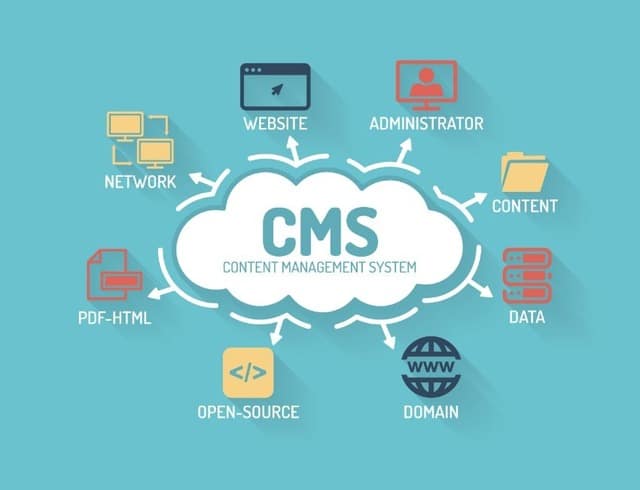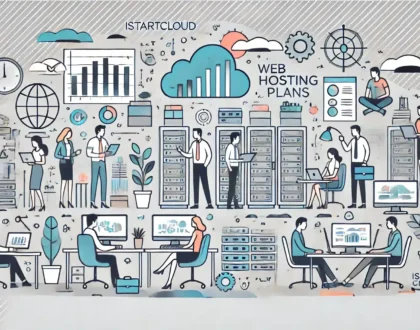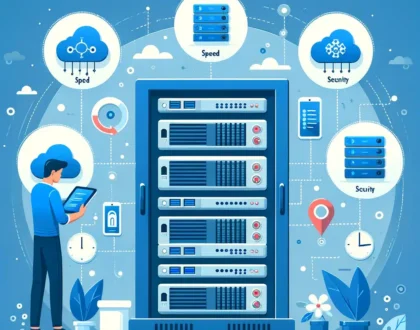
What is a CMS like WordPress, Drupal or Joomla?
A content management system (CMS) is a software package that provides some level of automation to the tasks required to effectively manage website content. A CMS System is usually (though not always) server-based, multi-user software which interacts with content stored in a repository.
This repository might be on the form of a database or file structure on the same server, as part of the same software package, or on a separate storage facility entirely.
HTML file was a mass of mid-90s era markup, complete with nested TABLES and FONT tags all over the place.
We were sill writing HTML files in text editors, but Microsoft had introduced their content managers to the wonders of Visual Source Safe, which was a long since deprecated source code management system. It provided backups, versioning, and file locking.
That first web page quickly grew into an entire website. It didn’t have scripts or style sheets, but it had a handful of HTML files and a bunch of images (you were nobody if you didn’t have a tiled, textured background on your page of links).
WordPress, Drupal, Joomla:
Thousands of options exist, and extremely common open source top CMS platforms like WordPress and Drupal a significant percentage of websites worldwide.
Given the installed base and depth of use, open source CMS are generally well-tested, feature-rich, and have a large volume of contributed code and modules. The availability, responsiveness, and accuracy of community support vary highly.
New open source systems are quite common, though as the market is more crowded, it’s harder and harder for any new system to gain any traction and achieve a significant installed base.
Consequently, the most successfully open source CMS are also some of the oldest. PHP-based systems form the lion’s share of the open source CMS landscape. The three most common CMS in popular use (WordPress, Drupal, and Joomla) are all PHP systems.
Using an open source CMS provides numerous benefits:
- The software is free.
- Community support is often plentiful.
- Contributed code is often available to solve common problems.
- Developers and contractors are usually highly available.
Some drawbacks exist:
Universal usage results in large amounts of malware, penetration attempts, and security patches (the sheer number of WordPress installations makes it a shockingly attractive target for hackers).
Community support for especially complicated problems will often run short. • Professional service-level support may not be available.
Usage of open source software may violate an organisation’s IT policies.
Open source software (not just CMS) is heavily weighted toward Linux-based technology stacks (LAMP and J2EE).
The most commonly used platforms in the world, systems like CMS WordPress, Drupal, and Joomla are all open source. In fact, almost all LAMP-stack systems are open source, representing the close relationship between that technology stack and the open source ethos.
Usually all open sources are free CMS to use without paying a license fee. These systems have a website where you can download the software, install it in your own environment, and use it to the full extent of its capabilities.


